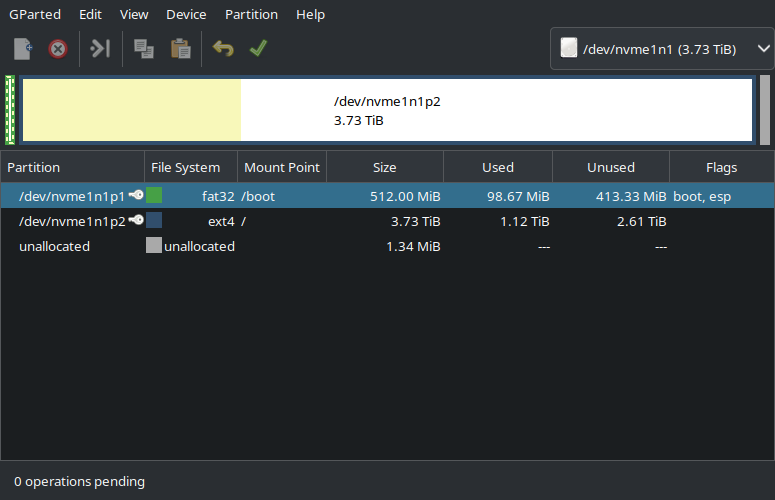

The Chinese Room thought experiment is extremely relevant to what’s going on in the world today, https://plato.stanford.edu/entries/chinese-room/
I first read about it in Blindsight, a fantastic sci-fi novel by Peter Watts. (Unrelated, I also highly recommend Starfish by him as well).
So now imagine someone asks, “Do you like dogs?” and out pops the answer, “No, I hate them.” The worker inside the thought experiment room has no idea the question that was asked nor the answer that was given and it could very well run counter to their own opinions. The answer may come from bias in the initial data, or just the person who wrote the book of rules and decided to put their thumb on the scales. PLEASE stop trusting AI for literally anything, it is less than worthless, it is actively harmful.






This reminded me of the novel Boomsday by Christopher Buckley (same author that wrote the book Thank You for Smoking if you’re familiar) where Boomers are offered tax break incentives if they agree to kill themselves at age 75.
Except now Millennials are in the hot seat …
https://media4.giphy.com/media/v1.Y2lkPTc5MGI3NjExcWdkbDBhd2EzNW0yaWVjcG1laDRhYWw2dWt5eXppdTFjZGR1bm5ibiZlcD12MV9pbnRlcm5hbF9naWZfYnlfaWQmY3Q9Zw/hC2H9IdtXDlfotmF0B/giphy.gif